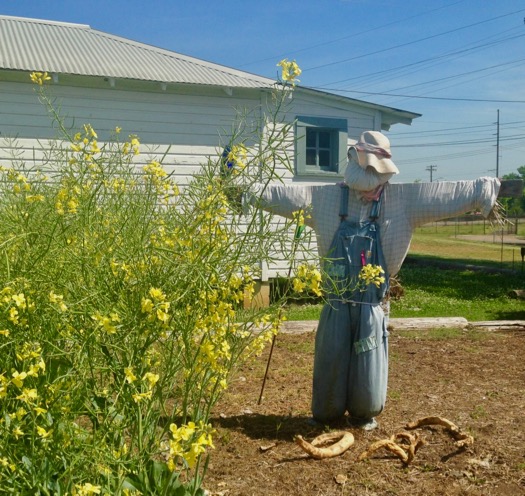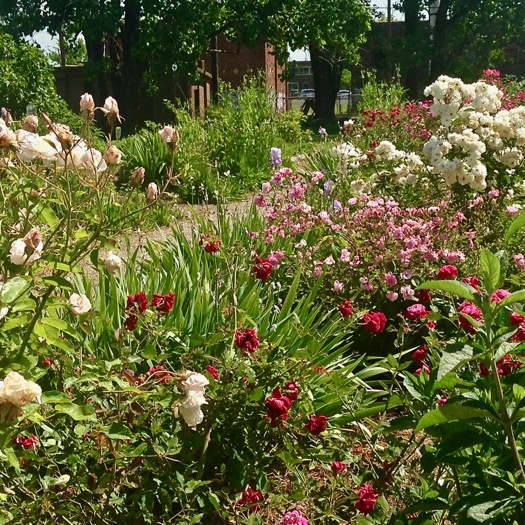Redwoods: Really Big Trees!
 Tuesday, October 16, 2018 at 6:00AM
Tuesday, October 16, 2018 at 6:00AM For years I have wanted to see the big redwood trees of coastal California. Last month I was able to fulfill my dream, along with two of my sons. This massive redwood is known as the Founders Tree and is 346.1 feet tall and 40 feet in circumference.Coastal redwoods often grow in big groves, where their root systems, while only about 10 feet deep, extend outward from the trunks up to 50 feet, intertwining with the roots of other redwoods to provide mutual support and strength to withstand powerful storms. The groves with the largest redwoods are along the Avenue of the Giants in northern California, and that is where we headed.
This massive redwood is known as the Founders Tree and is 346.1 feet tall and 40 feet in circumference.Coastal redwoods often grow in big groves, where their root systems, while only about 10 feet deep, extend outward from the trunks up to 50 feet, intertwining with the roots of other redwoods to provide mutual support and strength to withstand powerful storms. The groves with the largest redwoods are along the Avenue of the Giants in northern California, and that is where we headed.
We took a precarious, twisting two-lane route through the mountains to get there. My oldest son, the best of backseat drivers, kept up a steady stream of statements such as, "Imagine if you had a wreck here; it would take hours to get you out," and "If you went off the road here, no one would find you for days," and other similar encouraging words. My other son, who was driving, gripped the steering wheel and did not say much.
It was worth it all, and we would do it again.
Redwood trees are the largest trees on the planet, growing to 300' tall with a diameter of 24'. Actually, there are three species of coniferous trees known as redwoods. Sequoiadendron giganteum is also known as Giant Sequoia, Giant Redwood and Wellingtonia. Sequoia sempervirens, which is what we saw, in general is a little taller and more narrow than the Giant Sequoia. It is also called Coastal Redwood and grows along the Pacific coast, whereas the Giant Sequoia grows more inland. Metasequoia glyptostrobides is known as the Dawn Redwood. It was thought to be extinct until it was discovered growing in China in 1944. Cuttings and seedlings have been sent throughout the world, and now they are found growing in North America, Asia, and Europe. Aldridge Gardens in my central Alabama area has a nice specimen. Dawn redwoods are large trees but not nearly as massive as other redwoods. They are also notable in that they are deciduous, with orange fall foliage.
Massive redwoods like the ones we witnessed along the Avenue of the Giants are truly awesome and are a national treasure. Such trees are excellent anti-pollutants, removing three times the harmful carbons from the air than other types of trees. They have very thick bark that is resistant to fire, insects, disease and rot. They can live to 2000 to 3000 years, though the usual life span is 500 to 700 years. How old was this redwood before it fell? And how many years will it feed the forest as it slowly rots away?Even much younger trees are a sight, as they will grow 100 feet in their first 50 years.
How old was this redwood before it fell? And how many years will it feed the forest as it slowly rots away?Even much younger trees are a sight, as they will grow 100 feet in their first 50 years. This ring of "young" redwoods was outside the cabin we rented.
This ring of "young" redwoods was outside the cabin we rented.
 View from inside the ring of redwoods.
View from inside the ring of redwoods.
We came to the Drury-Chaney Grove toward the end of the day. We were transported to an ancient realm, a primeval paradise of stunning beauty. We were sorry we discovered it so late in the afternoon, as we did not have time for anything but a short hike.
Scenes from inside the Drury-Chaney Grove:



We are already planning to go back next year to see what we missed.
You may also enjoy my previous post : About Trees








